7 Stunning Summer Flowers You Never Need to Deadhead – These Easy-Care Bloomers Stay Fresh and Fabulous All Season
As well as being glorious ornamentals, these are 7 stunning summer flowers you never need to deadhead – for low maintenance loveliness all season long
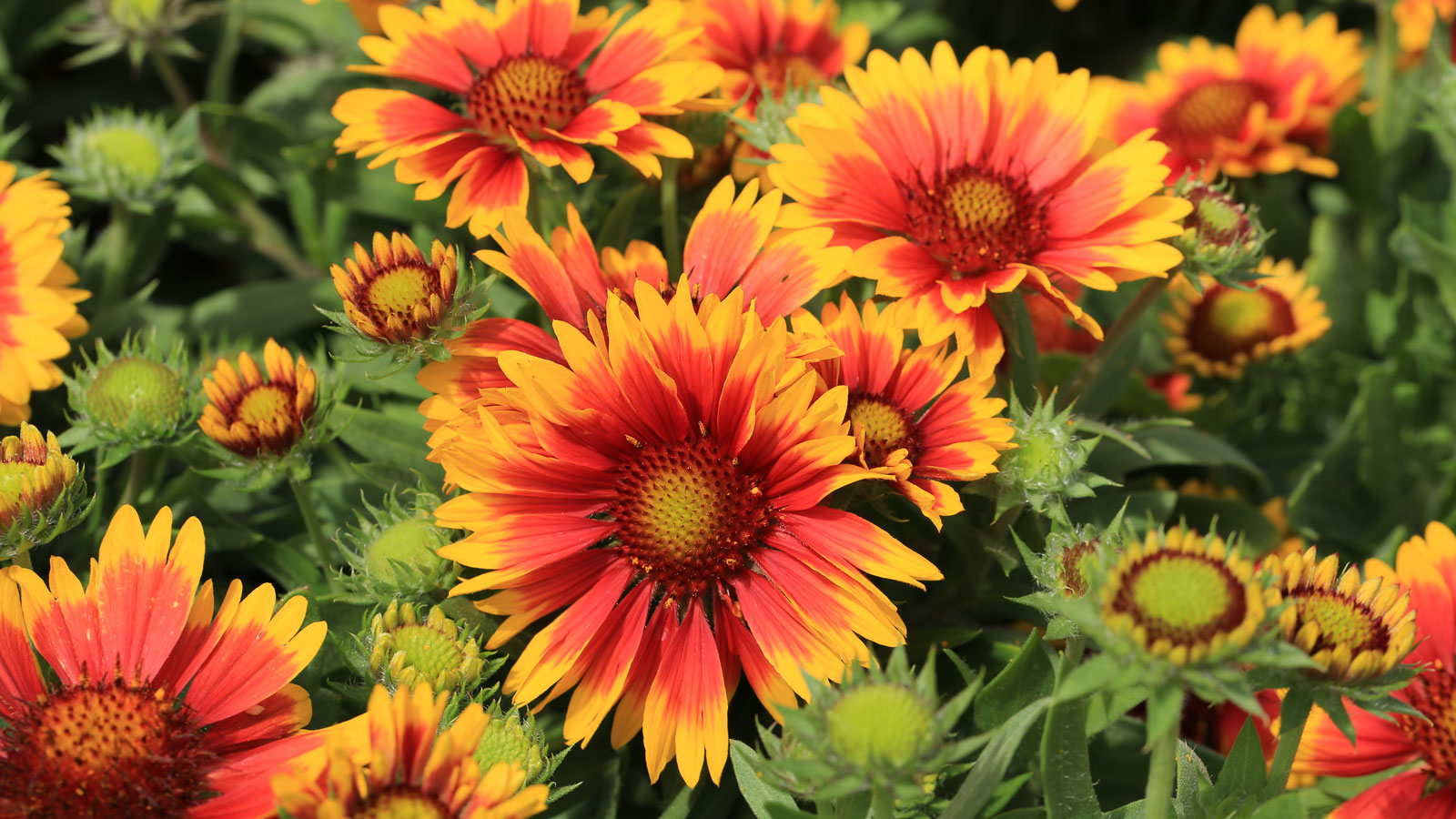

Amy Draiss
Summer is a season punctuated by many things – warmer days, an abundance of wildlife, and flowers blooming in all their glory. I love going for summer walks looking at the flowers in my local area, as well as those basking in the sun in my yard. However, as the weeks progress, many of these summer-blooming plants can look less lively, with browning heads or fading petals that often need deadheading – the act of removing flowers from a plant, often to encourage further flowering and tidy its appearance.
Luckily, there are some summer flowers you never need to deadhead, and hopefully you will have some of these in your garden, too. Your blooms will still age and diminish in vibrancy over time, but by filling your yard with varieties that don’t require deadheading, your plants will stay looking fresh without this extra form of maintenance. Here are some season-long stunners that won’t outstay their welcome. Make sure they are a part of your summer beds and border displays.
1. Blanket Flowers
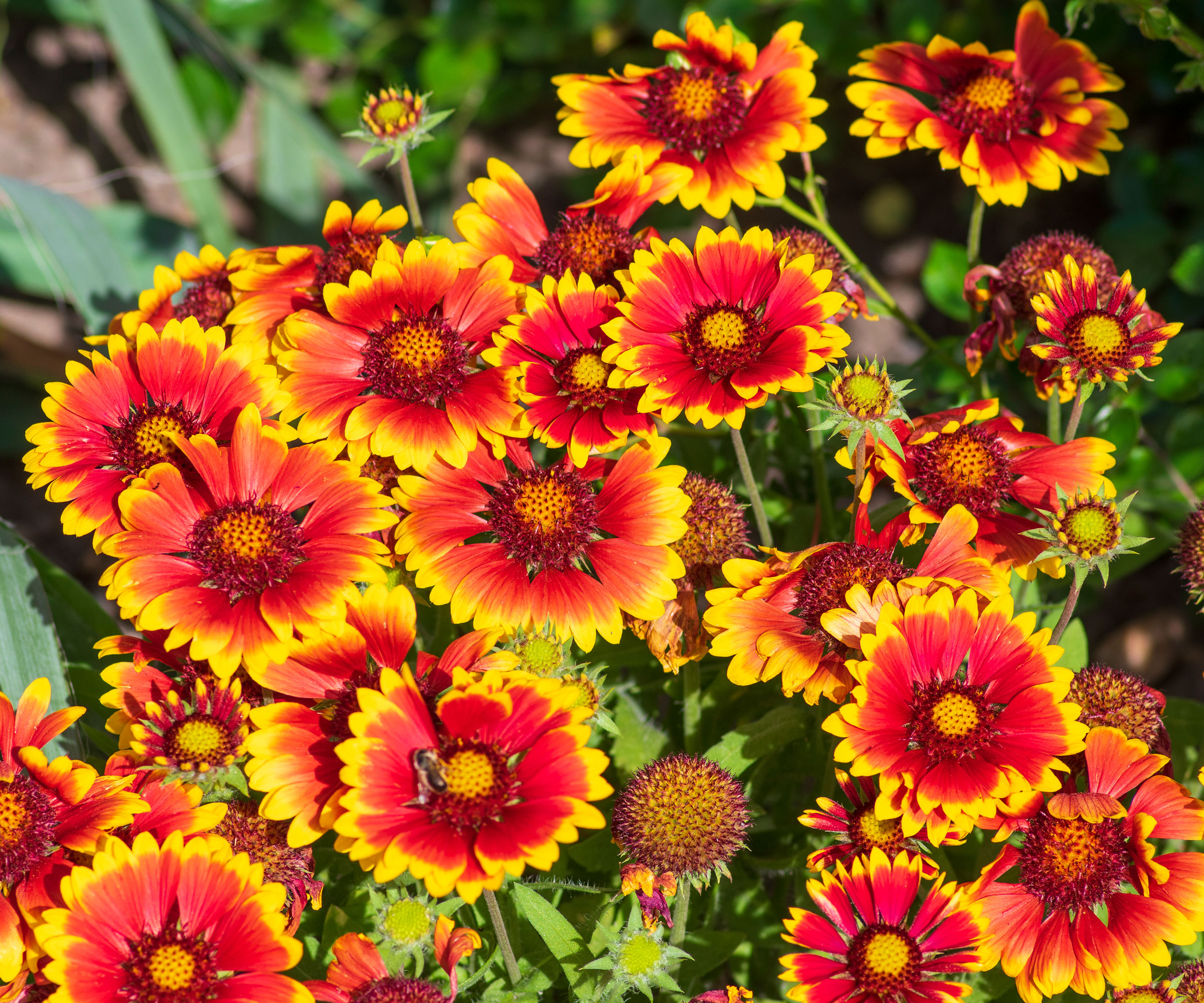
Blanket flowers, also known as gaillardia, are a genus of flowering plant native to North and South America. Loved for their vibrant hues of red, orange and yellow, these plants bring a burst of color to any yard – color that stays vibrant and hardy through USDA zones 3-9.
Tabar Gifford, partnerships cultivator and Master Gardener at American Meadows, points out that blanket flowers are summer powerhouses, producing brilliant blooms for months. “Once established, these sunset-inspired flowers thrive in full sun and well-draining soil. They’re perfect if you’re looking for flowers that don’t require deadheading, because they self-clean. Their spent blooms fade gracefully and fall off, quickly replaced by fresh ones.”
To keep your homegrown blanket flowers in top form for as long as possible, Tabar recommends keeping an eye on how much you water them, as too much water can cause root rot. A soil moisture meter like the XLUX Soil Moisture Meter from Amazon can really help with this if you’re feeling unsure.
It’s also possible to grow gaillardia plants in containers for impressive long-lasting displays in window boxes and large planters. My personal favorite variety of gaillardia is ‘Arizona Sun’, with a combination of yellow and red dispersing from the flower’s centre. You can purchase Gaillardia Blanket Flower Seeds from Country Creek Acres at Walmart.
2. Russian Sage
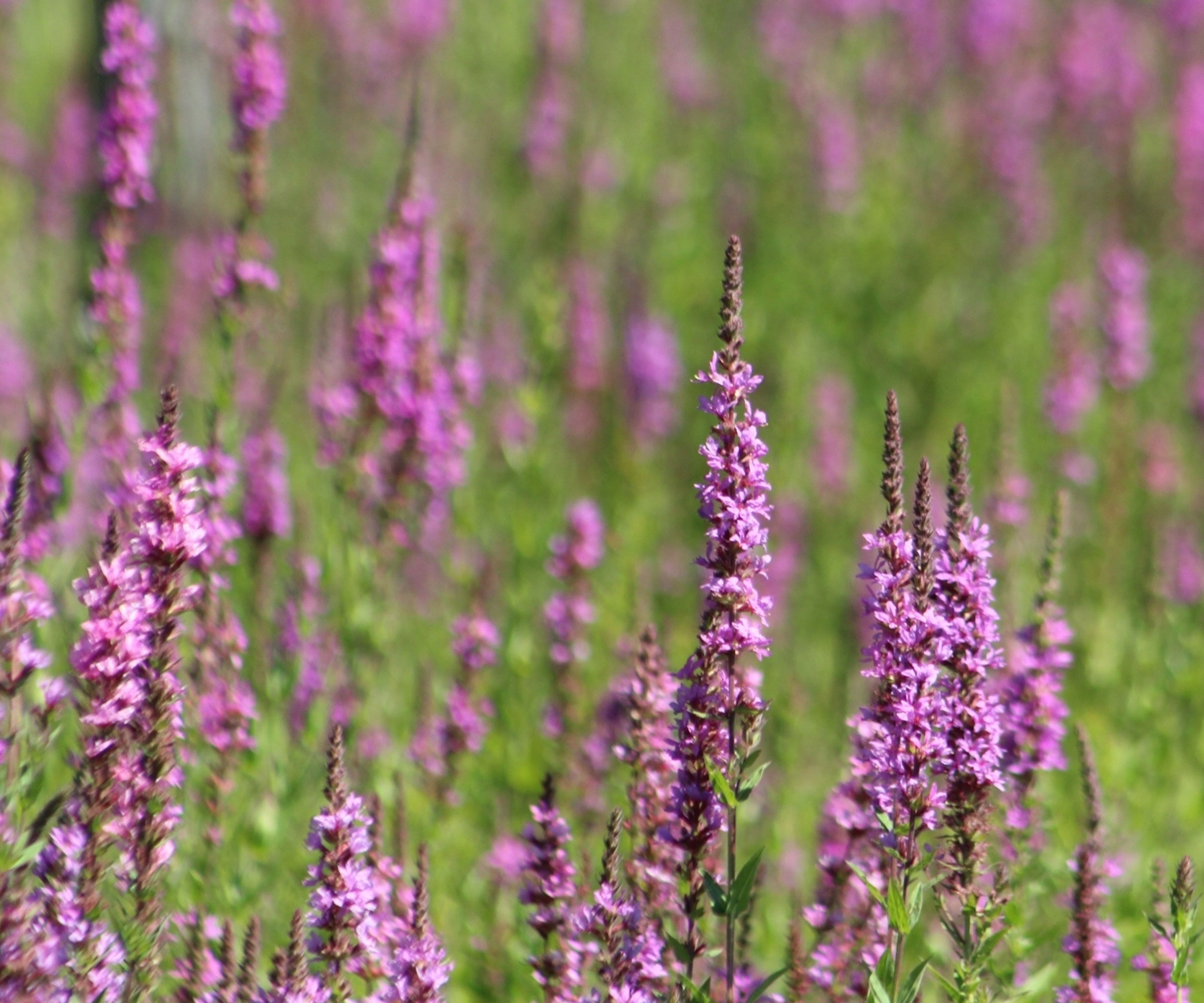
Russian sage (perovskia) reminds me of lavender, sharing the same tall silhouette adorned by small purple-blue blooms. However, Russian sage is actually hardier, thriving in zones 4-9, making for a good substitute to more delicate lavender flowers if you’re looking for something longer lasting. This flowering perennial thrives on neglect, requiring only minimal care and watering to maintain its gorgeous color.
Sign up for the Gardening Know How newsletter today and receive a free copy of our e-book "How to Grow Delicious Tomatoes".
‘If you’re growing Russian sage, you don’t have to worry about any deadheading in the summer,’ says Tabar. ‘The blooms retain their shape and color into fall, so long as they enjoy a healthy dose of full sun with well-draining soil.’ The variety ‘Blue Jean Baby’ is a favorite of mine, with strong hints of blue and a silvery tint to its petals. You can purchase live plants of ‘Blue Jean Baby’ Russian sage by Perennial Farm Marketplace at Amazon.
3. Tickseed
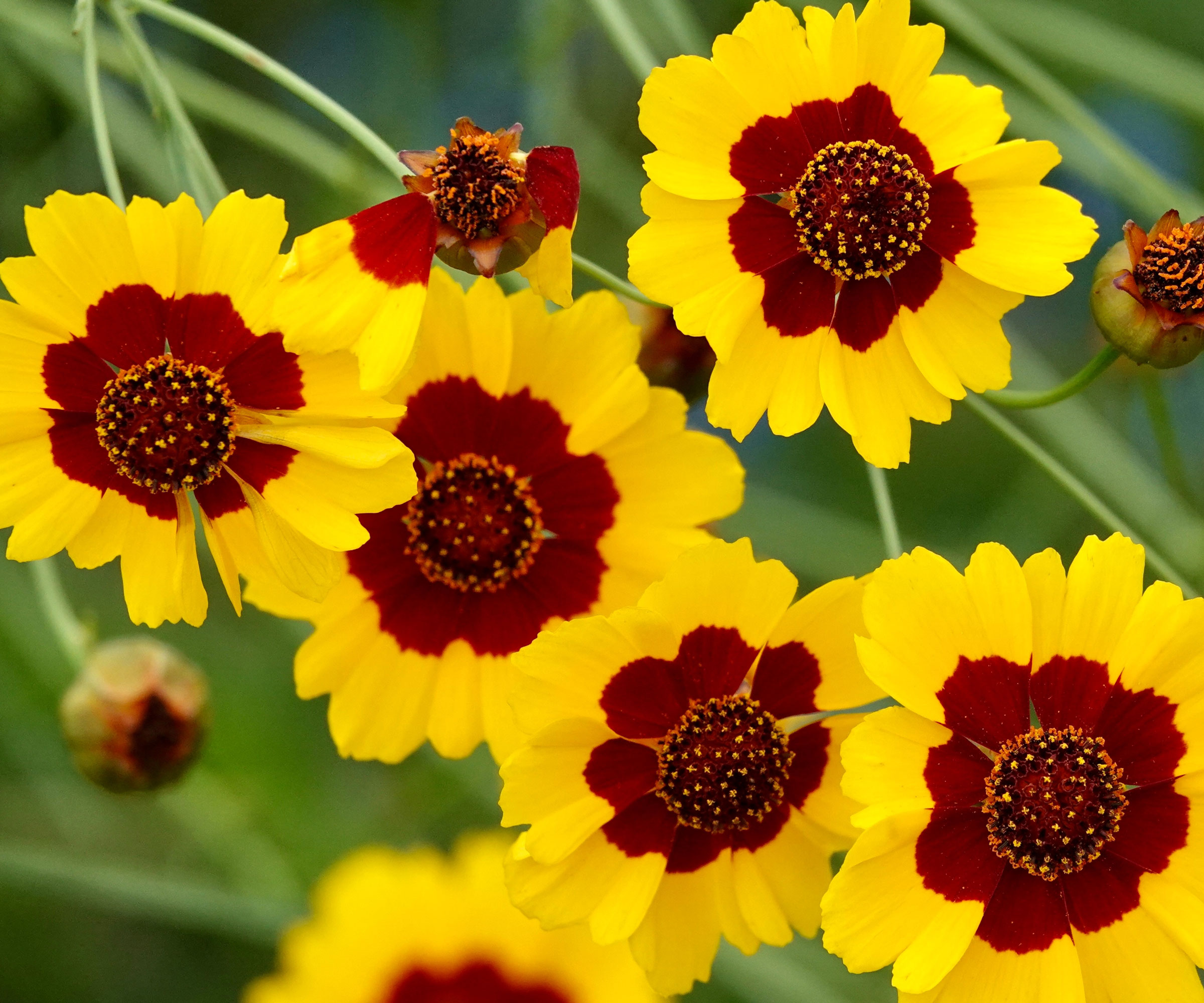
Tickseed flowers, also known as coreopsis, come in a wide variety of colors and petal shapes, from rounded pink gradients to fluffier yellow ball formations. These low maintenance blooming plants are best known for their bold yellow varieties, which flourish in zones 4-9. They create a blanket of color from early summer into fall.
‘Many varieties are sterile or self-cleaning, so they just keep flowering without fuss and require no deadheading. When growing coreopsis flowers, just make sure to keep them in the right conditions to thrive. Full sun and well-draining soil are key,’ says Tabar. If you’re hoping to attract more butterflies to your yard, tickseeds are pollen-rich and flower continuously.
The Everwilde Farms ‘1000 Sand Native Wildflower’ Coreopsis Seeds from Walmart are a more common variety, but for something slightly different, I recommend trying the Everwilde Farms ‘Gold Vault’ Coreopsis Seeds from Walmart. I love how the floral centers include specks of yellow which match the outer petals.
4. Begonias
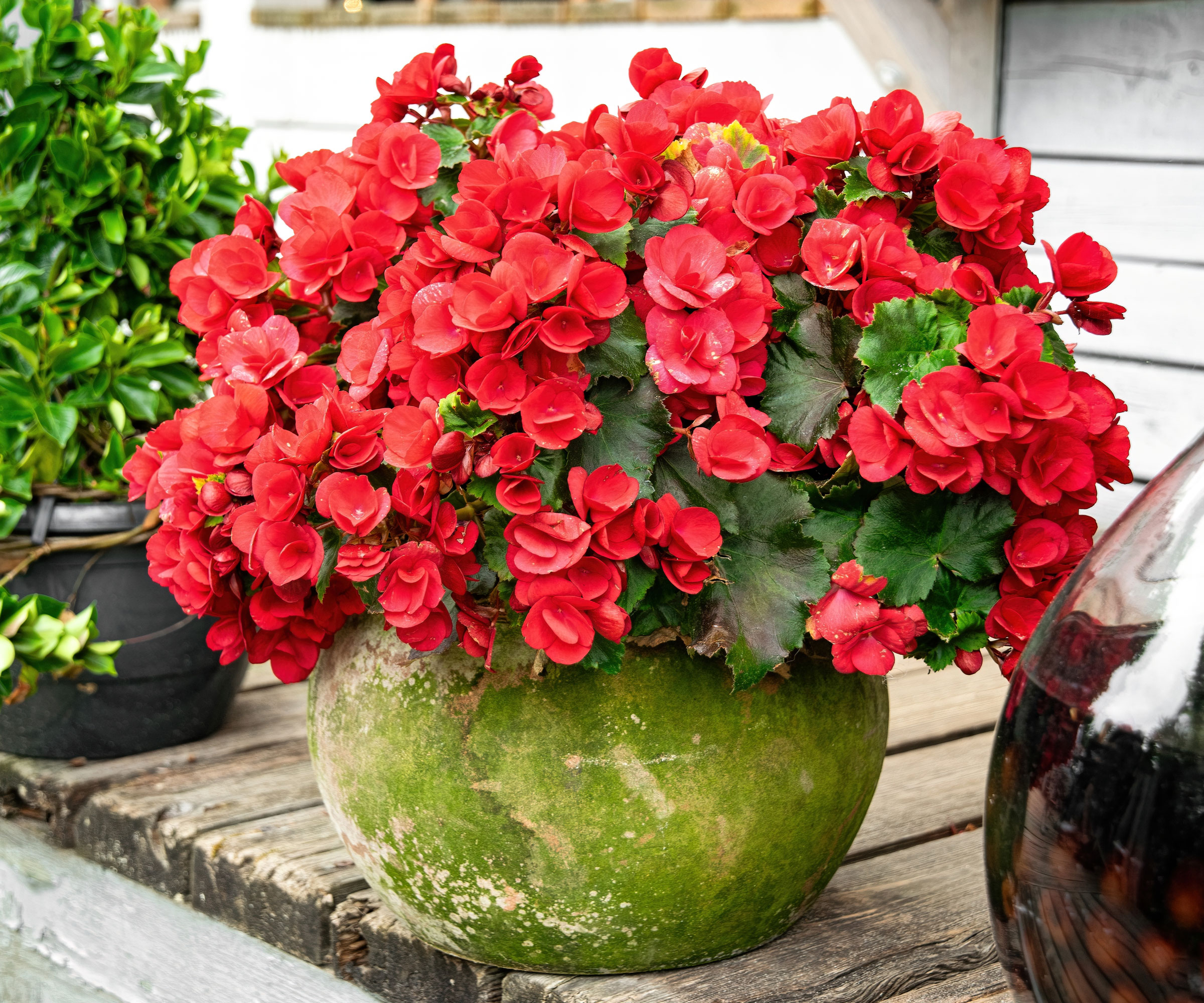
If you’re looking for a versatile annual flower that blooms all summer and can be added to hanging baskets, beds or borders, begonias might be exactly what you’re looking for. There are more than 2,000 different plants in the Begoniaceae family, with varieties designed for all kinds of climates, from houseplant begonias to options that thrive in warm outdoors areas.
Chris Link, a plant expert at Plant Addicts, believes begonias are an excellent choice for gardeners looking to dodge the chore of deadheading. ‘Most begonias are self-cleaning, dropping old blooms and replenishing them with new ones. They’re also stunning and very practical for summer,’ says Chris.
To grow begonias successfully, Chris recommends that you avoid planting them in full sun. ‘These flowers thrive in shade to part-sun,’ he says. You can buy CZ Grain Store’s Begonia ‘Samba Flower Double Blooms’ as bulbs from Amazon. With their lush frills and pastel shades, they would definitely be my pick!
5. Wishbone Flowers
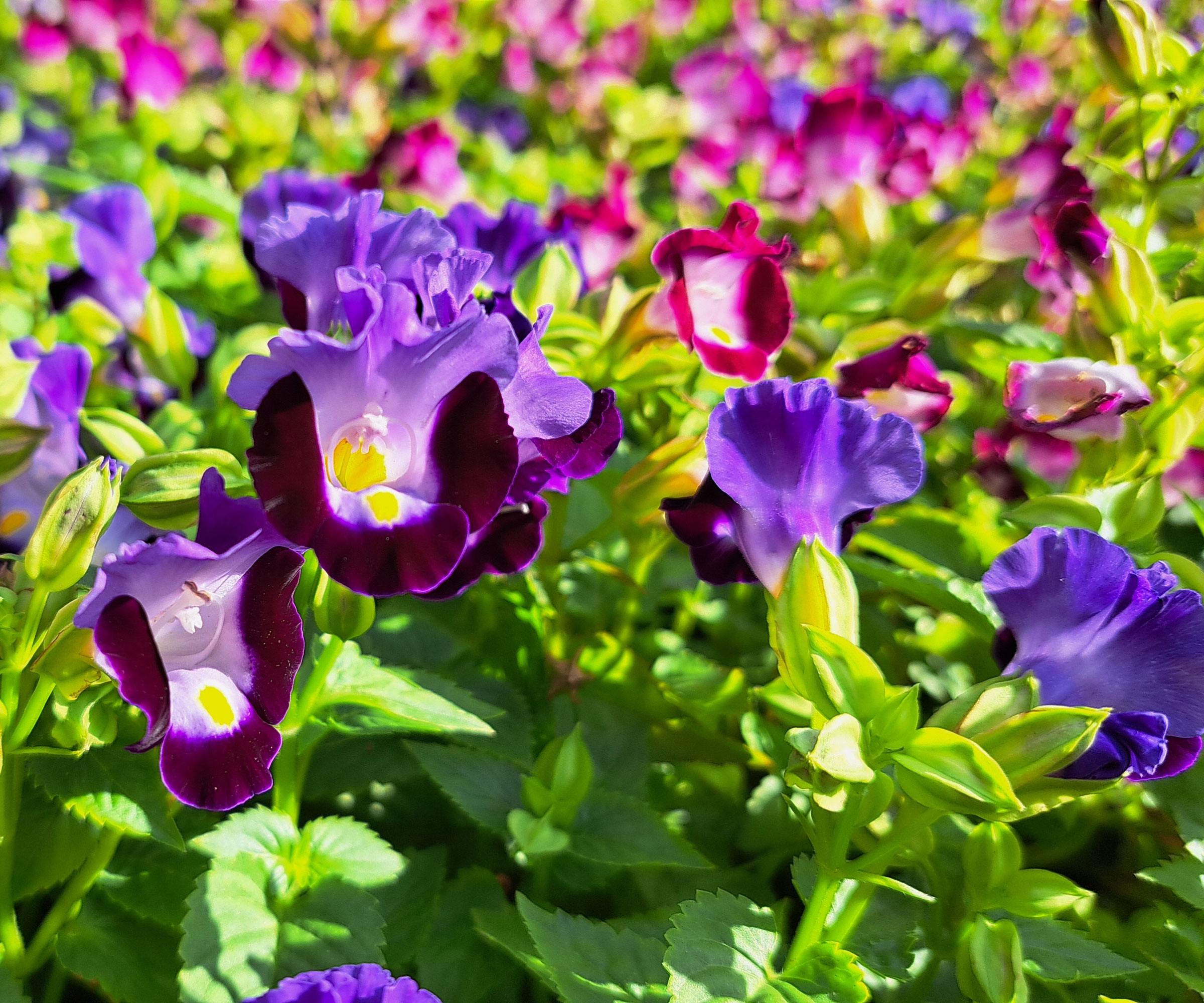
The wishbone flower (Torenia fournieri) is a plant I’m honestly surprised doesn’t require deadheading. This plant has blooms that appear quite delicate, but it is hardy through zones 2-10 and can even survive mild winters in zones 10-11.
Once a wishbone bloom expires, it simply drops off the plant and a new one gradually develops in its place. So droopy, fading flowers won’t remain prominent in your flowerbeds with this stunning bloomer. The wishbone’s tubular blooms come in purples, blues, whites, and pinks. ‘Despite the unique shape, this plant is very low-maintenance and ideal for busy gardeners,’ says Chris.
Grow your wishbone flowers in rich, well-draining soil and avoid placing them in direct sun. If you live in a particularly hot, sunny climate, you should keep them permanently in the shade. These purple-blue and white Wishbone Flowers, available as live plants from Amazon, are a gorgeous fuss-free way to bring long-lasting summer color to your yard. I like how they include little yellow dots in the centre where the gradient lightens.
6. Smooth Hydrangea
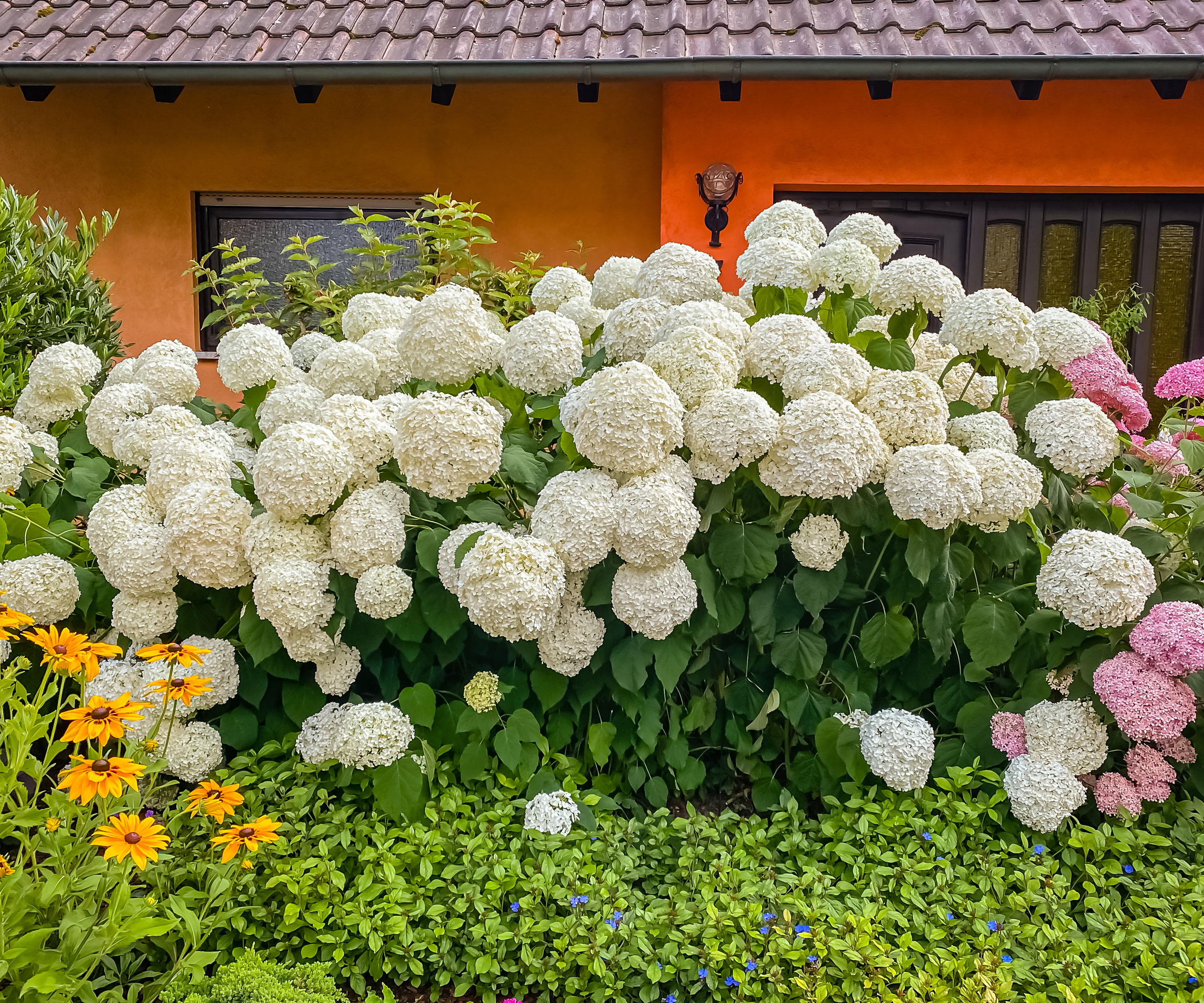
Hydrangeas are a popular choice in yards around the world, including my family’s. Over the years, hydrangeas have always been a favorite as they’re relatively easy to grow while being high impact with their big blooms. Suitable for USDA zones 3-8, smooth hydrangeas (Hydrangea arborescens) are perfect if you don’t wish to deadhead, as the flowers naturally change color in an attractive way before dropping off.
Andrew Bunting, Vice President of Horticulture at the Pennsylvania Horticultural Society, is particularly fond of the ‘Annabelle’ variety. ‘In mid-summer, these impactful flowering shrubs are covered in an abundance of pure white flower heads which are perfectly round,’ says Andrew. ‘These flowers fade to lime green and then tawny brown, providing plenty of ornamental interest before falling off on their own,’ he adds. You can purchase New Life Nursery’s Smooth Hydrangea ‘Annabelle’ from Walmart.
7. Seven Son Plant
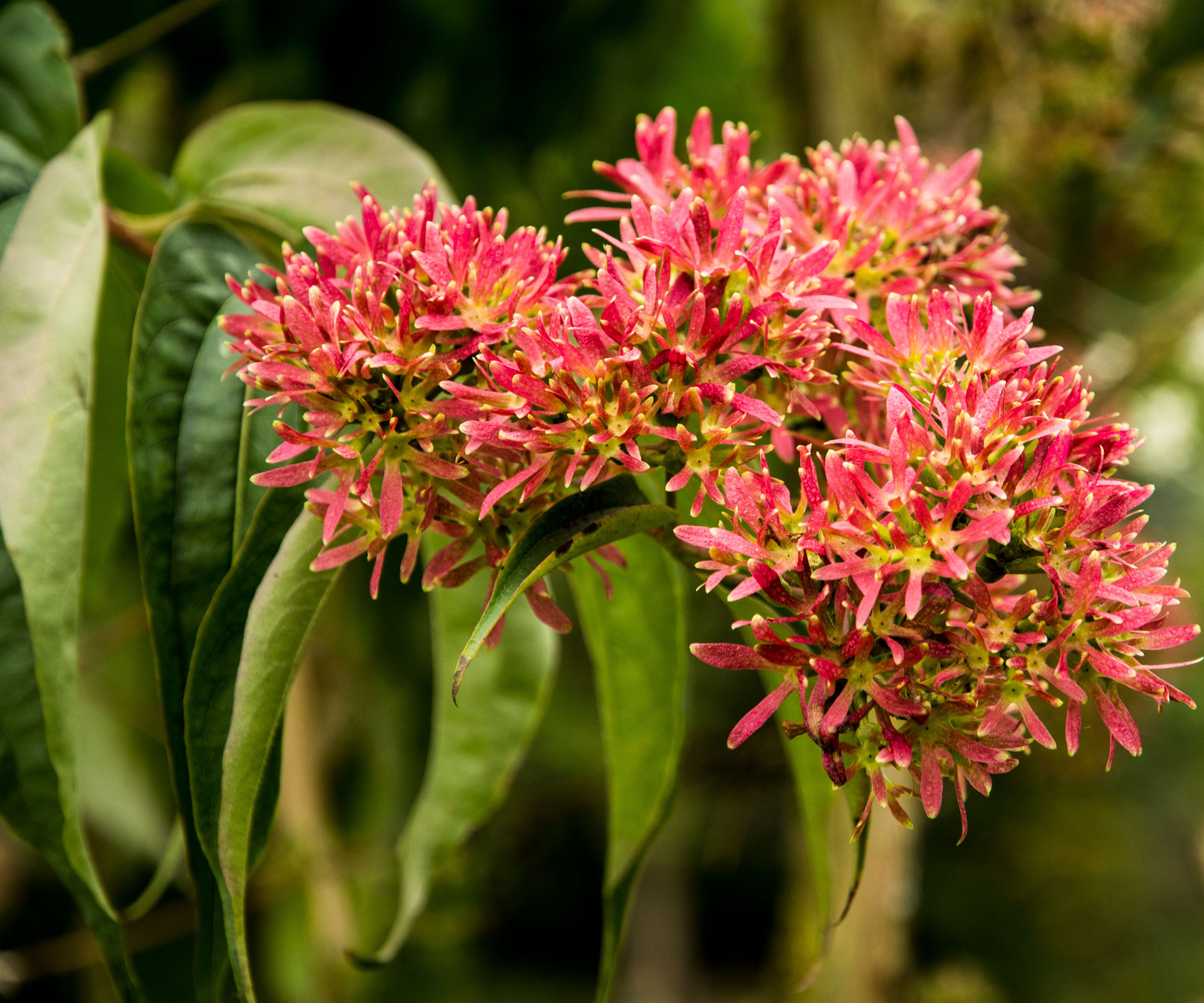
If you’d like to grow a flowering shrub that looks well-kept all summer without the need to deadhead, the seven son plant (Heptacodium miconioides) ticks all the boxes. Standing at 20ft (6m) tall when mature, with the ability to withstand negative temperatures in USDA zones 5-9, it’s a highly adaptable plant that asks for little except full sun to grow healthily.
‘The seven son plant blooms in late summer,’ says Andrew. ‘It gives an abundance of fragrant white flowers for a couple weeks, then they fall to the ground, followed by a pinkish-red bract that lasts for over a month.’ This plant is a great hands-off option in general, not just for people who don’t want to deadhead.
You can purchase Seven Son Flower Seeds by Seedville USA from Walmart. The white variety is classic and simple, but I’m fond of the autumnal nature of the red type, too. The blooms and bracts will seamlessly blend in.

Ciéra is a writer and regional laureate with particular passions for art, nature, philosophy and poetry. As well as contributing to Gardening Know How, she's an Editorial Assistant for Design Anthology UK and has words in other titles including Homes & Gardens, Livingetc, and Apartment Therapy. When she's not writing, Ciéra can be found getting incredibly excited when her small but ever-expanding garden shows more signs of growth. She believes it's something very beautiful to be cooking with her own produce, whether it's from her yard or picking berries from the wild to turn into jams or baked goods.
- Amy DraissDigital Community Manager